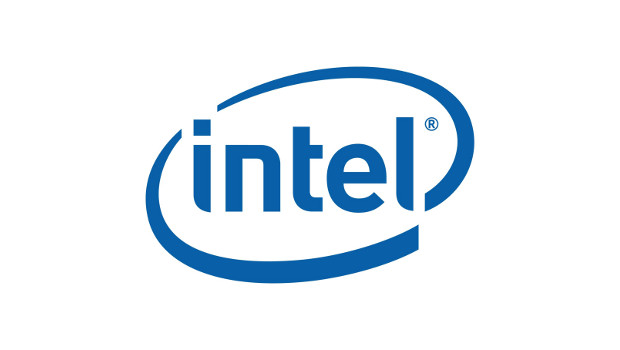The more powerful the PC, the less important Intel’s Broadwell chip appears to be.
On Monday, Intel launched the Broadwell-U microprocessors for all-in-ones and traditional notebooks, representing the traditional Core i3, i5, and i7 parts that distinguish low-, mid-, and high-end PCs.
The problem for Intel and PC makers, however, is that Intel’s next-generation chip architecture, Skylake, is due to launch in the second half of 2015, according to Kirk Skaugen, senior vice president and general manager of the PC Client Group, at a dinner meeting at the Consumer Electronics Show.
That pinches PC makers, who will have to decide which chip architecture to focus their resources on. And where higher end desktop and gaming PCs are concerned, hardware makers appear to be placing their bets on Skylake.
“It depends on… we have a multi-faceted roadmap, as you know. For traditional desktop towers, there’s not a lot of fifth-generation Cores,” Skaugen said. “So it’s Skylake.”
Gaming PCs have had to wait for the new Broadwell chips. And with Skylake looming on the horizon, it makes sense for vendors to try and sell Broadwell as quickly as possible. If PC gamers must wait for a quarter or two for a high-end part, why won’t they wait a quarter longer for a Skylake chip? It might not be the best argument, but it’s one that’s apparently resonating with pinchpenny PC makers.
Intel’s fifth-generation Broadwell chips take the same microprocessor design as the Intel fourth-generation Haswell Core chips and shrink it into a new 14nm process. While the finer process is expected to boost performance by 22% in integrated graphics alone, manufacturing glitches during the process delayed production by several months.
Intel’s follow-on chip, Skylake, will use the same 14nm process as Broadwell but feature a redesign that will bring new improvements.
That means for now, desktop PCs may use mobile Broadwell chips inside them, indicative of the blurring between the two platforms.
“For these all in ones you see over here, they’re taking a mobile processor and putting it in an all in one,” Skaugen said, referring to a table of all-in-one PCs from various manufacturers. “For most of the OEMs, my guess is that 80% of their resources for the last six months have been on Skylake anyway. Because the fifth-generation [Broadwell] Core is a pin-compatible upgrade to the existing Haswell systems.”
Skylake, however, is not. And if PC makers are going to perform chassis redesigns to include Wireless Display (WiDi) and 3D RealSense cameras, they’re probably going to invest in Skylake, too, Skaugen said.
As for WiDi, Skaugen promised that it finally works now.
Intel’s chief executive Brian Krzanich is scheduled to speak Monday night at a keynote address at CES. Intel executives said the topics of his speech will be wearables, the user experience, and wireless charging. Without confirming specific names, Skaugen said that new wireless charging partners would be named, with 20-watt adapters – enough to recharge a Core M-powered tablet – going into production in the first quarter for between $150 to $200 apiece. Intel is part of the A4WP (Alliance for Wireless Power) consortium.
PCWorld







Subscribers 0
Fans 0
Followers 0
Followers